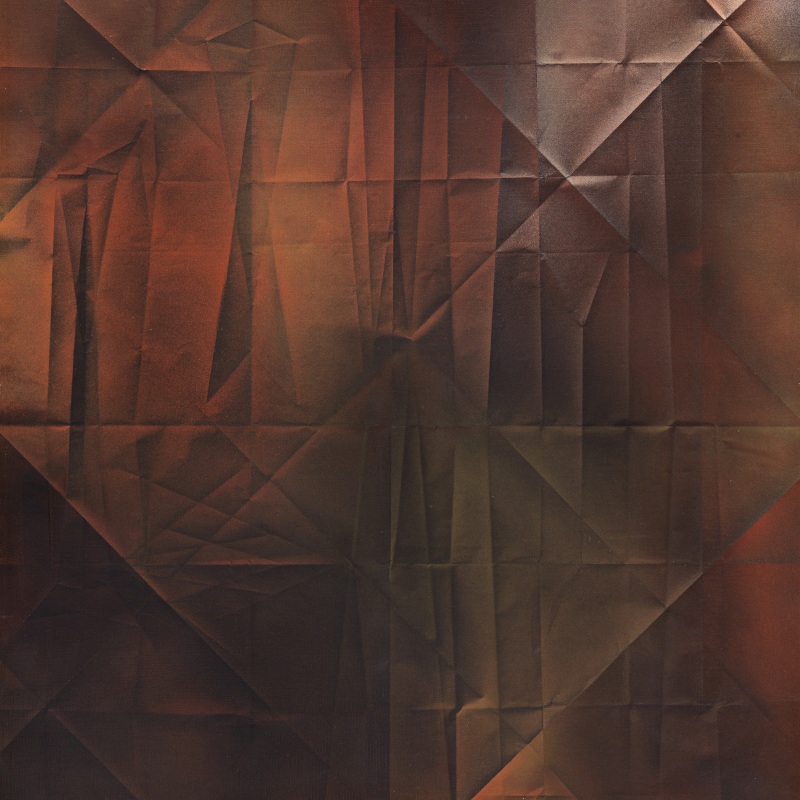Moretti Fine Art, in collaboration with Gianenzo Sperone, is honoured to present a unique body of work by the Corrado Cagli dating between 1949 and 1959, a key period in the artist's production where he developed a non-figurative practice built around pictorial experimentation centered around the themes of metaphysics and mathematics.
The year 1949 is significant because it marks the beginning of the artist's formal research in the field of the fourth dimension through geometry and mathematics. It was during that year that the artist produced his series of ‘four-dimensional’ works, which were then exhibited at the Galleria del Secolo. His interest in mathematics dates back to the 1940s however, thanks to his brother-in-law, the mathematician Oscar Zariski (1899 – 1986), who deeply influenced him in his research on non-Euclidean geometry. Diogène, which is part of the group exhibited at the Galleria del Secolo and inspired by the research of the mathematician Paul Samuel Donchian (1895 – 1967), opens the exhibition at the Moretti gallery and alludes to the card of the hermit of the Jeu de Marseille, created by Max Ernst (1891 – 1976) and Herold Blumer (1910 – 1987) between 1940 and 1941.
Another key element in the artist's practice during this period is his work on the repeated motif acting as an automatic trace. This takes shape through the printing of objects on paper, as well as the use of airbrushing with wire mesh, embroidery, and rattan as stencils. This practice, born from Surrealist automatism, allows for chance, as well as the unconscious, in the creative process. We can see in these works, such as Adamoli's Bay, 1950, the traces left by physical and tangible objects, which despite being difficult to identify, become an obstacle through their physical presence on the paper, thus allowing negative spaces to be superimposed without blurring or mixing.
The exhibition ends with late works from this period; his Carte cycle exhibited at the Galleria il Segno in Rome, on which Cagli worked between 1958 and 1959. Through his use of the airbrush, and as we can see in I Crociati, 1959, Cagli pushes and redefines the limit between material and pictorial surface, thus blurring the distinction between figuration and abstraction, and in doing so reacting to the Art informel movement, such as the tachism of the New School of Paris, and its strong emphasis on the materiality of the surface.
Thus, the body of work presented at the Moretti gallery from January 23rd up until February 29th presents an incredibly balanced summary of Cagli's artistic research from 1949 to 1959, where the spectator is invited to discover this artist who sums up masterfully, and in a deeply intimate manner, the Italian artistic concerns of the 20th century, and who was, for too long, forgotten by history.
Opening hours
23rd of January – 7th of March 2024
Monday to Friday, 10am - 6pm
Exceptionally open on Saturday 27th of January, Saturday 3rd of February, Saturday 10th of February, and Saturday 17th of February, 10am - 6pm
Moretti Fine Art
1 place du Louvre
75001 Paris
